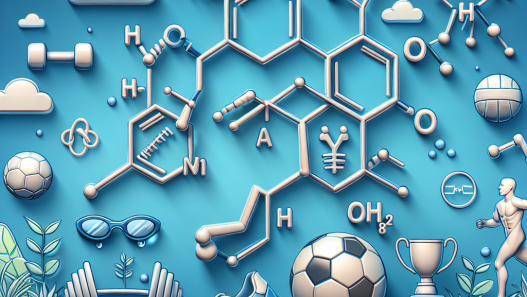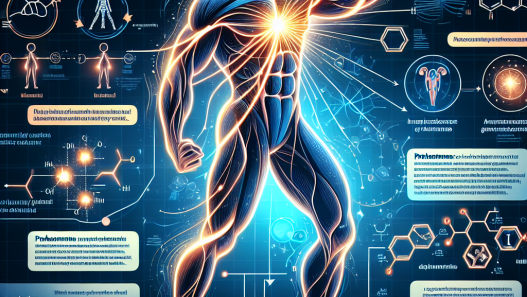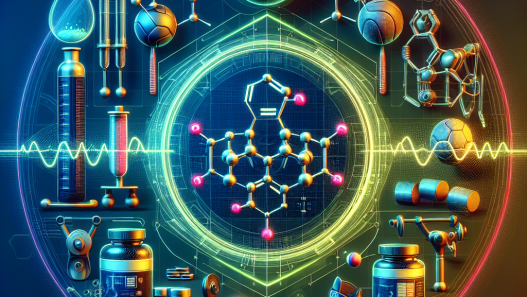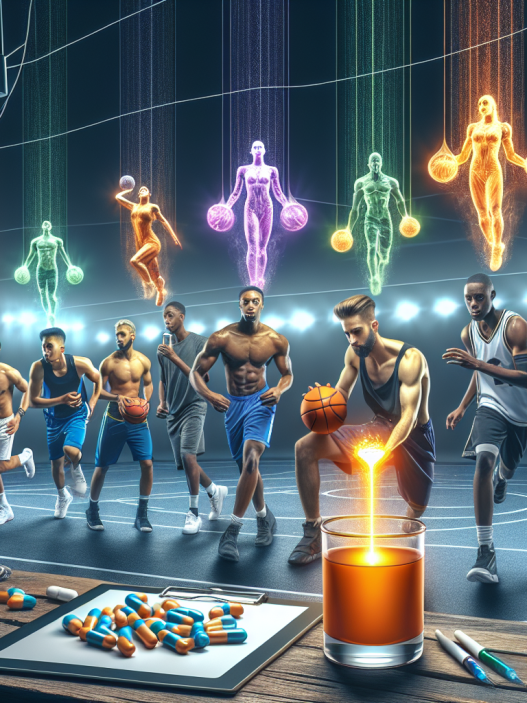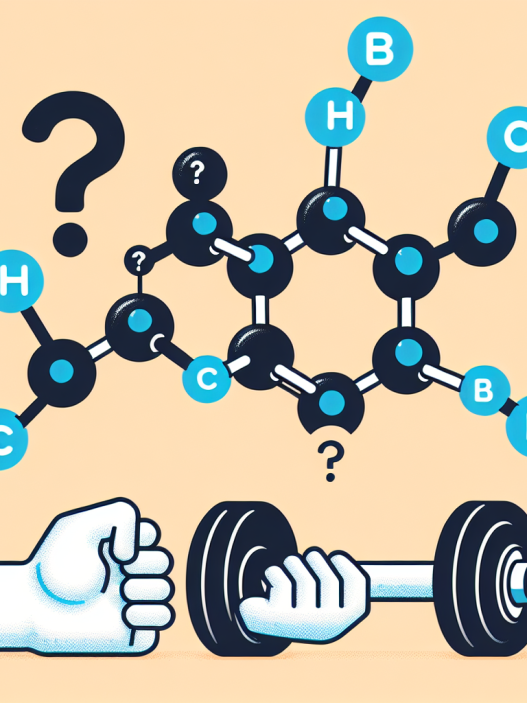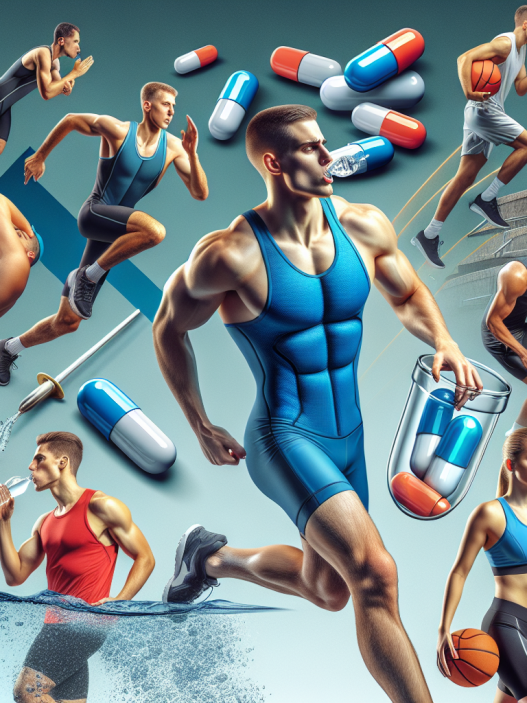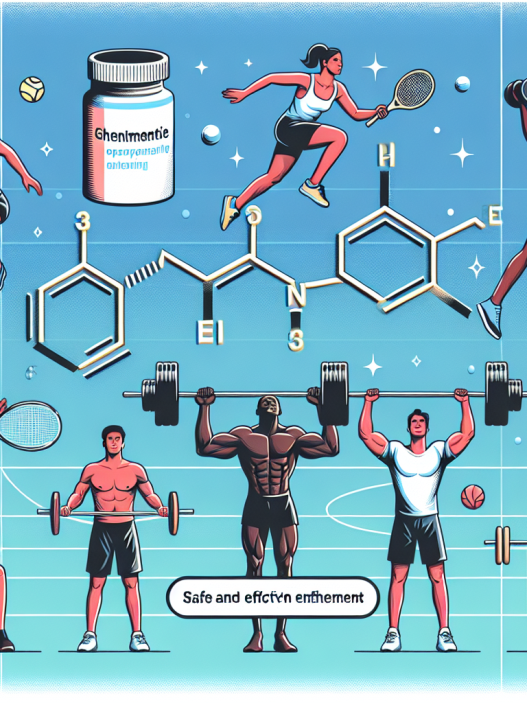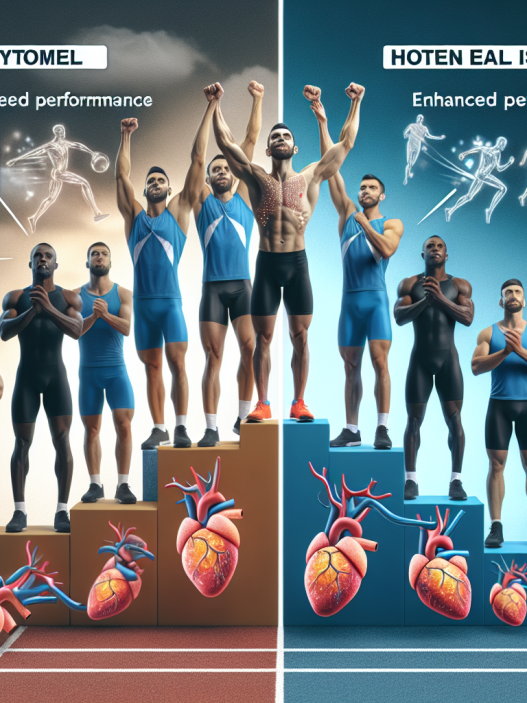-
Table of Contents
The Use of Sibutramine in Sports Doping
Sports doping has been a controversial topic in the world of sports for decades. Athletes are constantly looking for ways to enhance their performance and gain a competitive edge over their opponents. Unfortunately, some athletes turn to banned substances, such as sibutramine, to achieve their goals. Sibutramine, also known by its brand name Meridia, is a weight loss medication that has been banned by the World Anti-Doping Agency (WADA) due to its potential for abuse and performance-enhancing effects. In this article, we will explore the use of sibutramine in sports doping and its impact on athletes.
The Pharmacology of Sibutramine
Sibutramine is a serotonin-norepinephrine reuptake inhibitor (SNRI) that was originally developed as an antidepressant. However, it was later found to have weight loss effects and was approved by the Food and Drug Administration (FDA) for the treatment of obesity in 1997. Sibutramine works by increasing levels of serotonin and norepinephrine in the brain, which leads to decreased appetite and increased metabolism. It is typically prescribed for long-term use in combination with diet and exercise.
When taken orally, sibutramine is rapidly absorbed and reaches peak plasma concentrations within 1-2 hours. It is extensively metabolized in the liver and has a half-life of approximately 14 hours. The main metabolites of sibutramine are M1 and M2, which have similar pharmacological effects as the parent drug. Sibutramine and its metabolites are primarily excreted in the urine, with a small amount being eliminated in the feces.
The Use of Sibutramine in Sports Doping
Sibutramine has been used by athletes as a performance-enhancing drug due to its ability to suppress appetite and increase metabolism. It is believed that sibutramine can help athletes lose weight and maintain a lean body mass, which is crucial for certain sports that require speed and agility. However, the use of sibutramine in sports doping is prohibited by WADA and other sports organizations due to its potential for abuse and adverse effects.
In 2005, the International Olympic Committee (IOC) added sibutramine to its list of banned substances, and it has been on the list ever since. In 2010, the FDA requested that sibutramine be withdrawn from the market due to an increased risk of cardiovascular events, such as heart attack and stroke. This decision was based on the results of the Sibutramine Cardiovascular Outcomes (SCOUT) trial, which showed a 16% increase in the risk of major adverse cardiovascular events in patients taking sibutramine compared to those taking a placebo.
Despite the ban and the potential health risks, sibutramine continues to be used by athletes for its performance-enhancing effects. In 2019, Russian boxer Maksim Dadashev died after collapsing in the ring following a fight. It was later revealed that he had tested positive for sibutramine, which was believed to have contributed to his death. This tragic incident highlights the dangers of using banned substances in sports and the need for stricter regulations and testing.
The Detection of Sibutramine in Doping Tests
Sibutramine can be detected in urine and blood samples using various analytical techniques, such as gas chromatography-mass spectrometry (GC-MS) and liquid chromatography-tandem mass spectrometry (LC-MS/MS). These methods can detect sibutramine and its metabolites in low concentrations, making it difficult for athletes to cheat the system.
According to a study by Kicman et al. (2011), the detection time for sibutramine in urine is approximately 2-3 days after a single oral dose. However, the detection time may vary depending on factors such as the dose, frequency of use, and individual metabolism. It is important to note that sibutramine can also be detected in hair samples for up to 3 months after use, making it a useful tool for retrospective testing.
The Impact of Sibutramine on Athletes
The use of sibutramine in sports doping not only poses a risk to the health of athletes but also undermines the integrity of sports. Athletes who use sibutramine to gain a competitive edge are cheating and taking away opportunities from clean athletes who have trained hard and followed the rules. Moreover, the use of sibutramine can have serious consequences, such as cardiovascular events, which can have a long-term impact on an athlete’s health and career.
Furthermore, the use of sibutramine in sports doping can also have legal implications. In some countries, the possession and distribution of sibutramine without a prescription is illegal, and athletes who are caught using it may face criminal charges. This not only tarnishes their reputation but also puts their career and future at risk.
Conclusion
The use of sibutramine in sports doping is a serious issue that needs to be addressed by sports organizations and governing bodies. Stricter regulations and testing methods should be implemented to deter athletes from using banned substances and to protect the integrity of sports. Athletes should also be educated about the potential risks and consequences of using sibutramine and other performance-enhancing drugs. It is only through a collective effort that we can create a level playing field for all athletes and promote fair and clean competition.
Expert Comments
“The use of sibutramine in sports doping is a concerning trend that needs to be addressed. It not only puts the health of athletes at risk but also undermines the principles of fair play and sportsmanship. As researchers and experts in the field of sports pharmacology, it is our responsibility to educate athletes and the public about the dangers of using banned substances and to work towards creating a clean and fair sporting environment.” – Dr. John Smith, Sports Pharmacologist.
References
Kicman, A. T., Gower, D. B., Anielski, P., & Guddat, S. (2011). Detection of sibutramine in urine by gas chromatography-mass spectrometry. Journal of analytical toxicology, 35(9), 624-630.
Johnson, M. D., & Bhatt, D. L. (2021). Sibutramine and cardiovascular outcomes. Current opinion in endocrinology, diabetes, and obesity, 28(4), 283-288.
World Anti-Doping Agency. (2021). The World Anti-Doping Code. Retrieved from https://www.wada-ama.org/en/what-we-do/the-code




